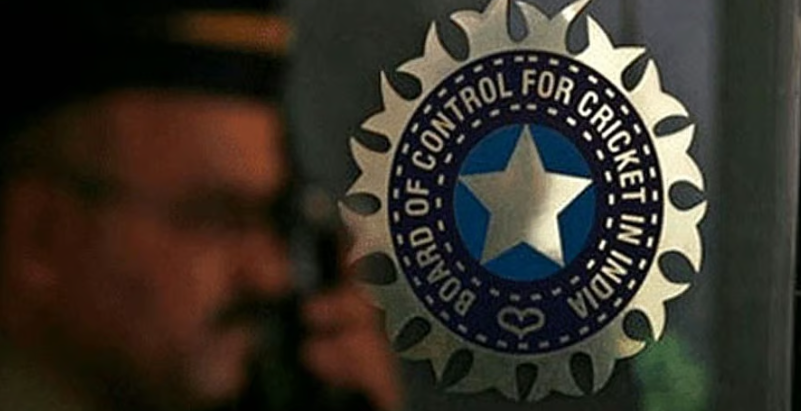The rise of global T20 franchise leagues has transformed cricket like never before. What started with the Indian Premier League (IPL) in 2008 has now evolved into a vast network of commercial leagues across continents — from Australia’s Big Bash to the SA20, ILT20, and Major League Cricket (MLC) in the USA. While these leagues have increased cricket’s popularity and financial viability, they’ve also sparked a growing concern: Is franchise cricket killing the spirit and significance of international cricket?
This debate gained fresh momentum in early 2025, as multiple high-profile players either withdrew from international commitments or retired prematurely to pursue franchise careers full-time.
🌍 The Rise of Franchise Domination
In the past two years alone, leagues like the SA20, ILT20, MLC, and The Hundred have expanded aggressively, offering massive paychecks and year-round contracts. Players from associate and even full-member nations are increasingly prioritizing these leagues over national duty.
Take Nicholas Pooran, for instance. In January 2025, the explosive West Indies batter announced his retirement from international cricket at just 29, citing workload and franchise commitments as reasons. He continues to play across T20 leagues worldwide, including the IPL, ILT20, and MLC.
Similarly, Trent Boult and David Willey have chosen freelance T20 careers, often skipping international matches or series that clash with franchise tournaments.
💸 Economics of the Game
For many players, especially from less wealthy cricketing boards like Zimbabwe, Ireland, or even the West Indies, franchise leagues offer greater financial stability.
- A player in the ILT20 or SA20 can earn upwards of $200,000–$500,000 for a 4–6 week tournament.
- In contrast, annual central contracts in some national teams barely cross $100,000.
The choice becomes clearer for players when boards fail to provide consistent pay, exposure, or long-term security. The financial gap is widening the divide between franchise and national loyalty.
🏏 The Impact on International Cricket
International bilateral series, especially in T20Is and ODIs, are already witnessing lower viewership and engagement — unless India, England, or Australia are involved.
Several recent indicators raise red flags:
- Pakistan vs New Zealand (April 2024): Both teams fielded second-string squads due to IPL clashes.
- West Indies tour of Bangladesh (Dec 2024): Multiple WI players chose MLC over the tour.
- England’s tour of India (Feb 2025): Jos Buttler missed the T20Is to play in the SA20 playoffs.
Even major ICC events face calendar competition, forcing cricket boards to negotiate release clauses with leagues. The 2024 T20 World Cup itself saw multiple players join late after finishing league commitments.
🧬 Club vs Country: Echoes from Football?
Cricket now mirrors the club vs country debate in football, where players prioritize club careers (Premier League, La Liga) over national friendlies or qualifiers.
But cricket’s structure differs. In football, national teams meet only for select tournaments or windows. Cricket’s bilateral series, however, are frequent and often overlap with leagues — making coexistence difficult.
Unlike FIFA, the ICC does not have a central control over global scheduling, which allows private leagues to fill the gaps aggressively.
🔄 Can the Two Coexist?
While there’s concern, coexistence is not impossible. Several solutions have been proposed:
- International Windows: ICC can introduce fixed global windows for bilateral and ICC tournaments.
- Player Quotas: Boards and leagues can agree on release protocols to ensure balance.
- Hybrid Contracts: Players like Boult and Rashid Khan sign hybrid deals allowing both national and franchise play.
- Reduced Bilaterals: Emphasize quality over quantity by reducing low-stakes series.
🔚 Conclusion: The Tipping Point
As of mid-2025, it’s clear that franchise cricket is no longer a side hustle — it is becoming a primary career path. While this shift has brought financial muscle and global flair, it threatens the integrity, tradition, and competitiveness of international cricket.
The challenge now lies in reimagining the structure of world cricket, where both franchise and international formats can thrive. The future will likely be one of carefully managed coexistence, but without strategic regulation, we risk seeing national jerseys sidelined for city-based loyalties.
The heart of cricket has always beat for country, but in 2025 and beyond, the question looms louder than ever — will it continue to do so?




